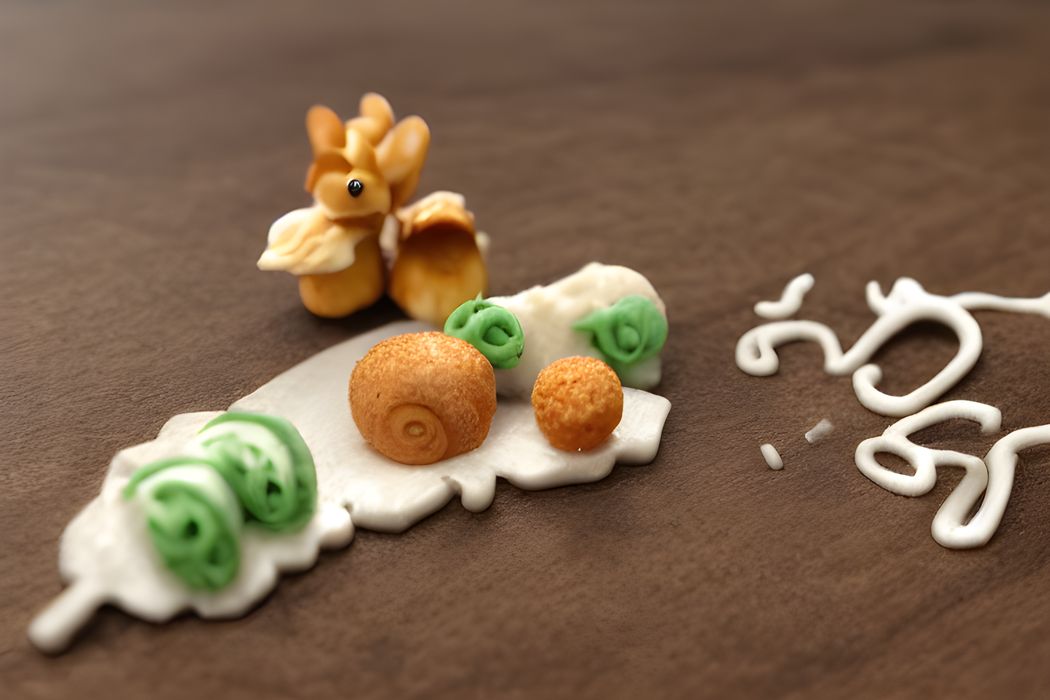
We’ve all wondered about food 3D printing and why we don’t really have it in our kitchens, but there’s more to the story.
A Brief History of Food 3D Printing
Food 3D printing has been mostly a dream for as long as I’ve been involved in the technology, which spans over ten years. Back then, I witnessed primitive devices attempting to extrude chocolate, food pastes, and even chopped-up meat.
Little of it was particularly appetizing, although the novelty of the technology was fun for a while. Since then, we have seen multiple attempts at various types of food 3D printers, but almost all have disappeared, aside from a couple of niche operations working with chocolate.
Challenges in Food 3D Printing
The technology can certainly be made to work, but there are some key challenges:
It takes too long: we know how long it takes for polymer 3D prints, and the same is mostly true for food 3D printing.
Limited materials (ingredients): most food 3D printing machines use a single or only a few ingredients, significantly limiting the potential.
Safety: a food 3D printer system must be entirely food safe, which is not as easy as it sounds.
Perhaps the number one reason why food 3D printing hasn’t taken off is economic: how can a producer of such equipment make any money? It’s not possible to put these devices into millions of kitchens due to time and materials issues – no one wants to wait four hours for a two-ingredient dish to be printed.
Niche Applications for Food 3D Printing
That’s why we now see food 3D printing limited to several niche areas. Let’s take a look at what could (possibly) work business-wise for food 3D printing in the future:
Meat Printing: Several companies are developing “alt meat” technologies, which fall into two categories, plant-based and bioreactor-made. The idea is to use a 3D printer to form steak-like objects that take on the taste and texture of real meat.
Decorative Food Prints: To overcome the time it takes to complete an object, some companies print items in advance, such as fancy chocolate prints to adorn cakes or be put on display for later consumption.
Mass Production: Some food applications require massive and sudden volume, like a big event at a stadium. A robotic solution could 3D print the necessary food items in consistent quality at high speed. There was an operation attempting to do this exact scenario years ago.
Candy: Sugary items turn out to be one of the best items to 3D print. Several operations have used 3D printing to produce small candies or even frozen lollipops.
Space Food: A specialized 3D printer could use shipped ingredients and (possibly) space-grown foods to produce edible food dishes for astronauts.
As you can see, there aren’t many feasible areas for food printing, and no one has yet invented a practical means of using the technology in everyday kitchens. I’m hoping that changes, but in the meantime, it’s back to the kitchen and some online recipes for me.
